Automate Everything: Your Guide to Hyperautomation in 2025
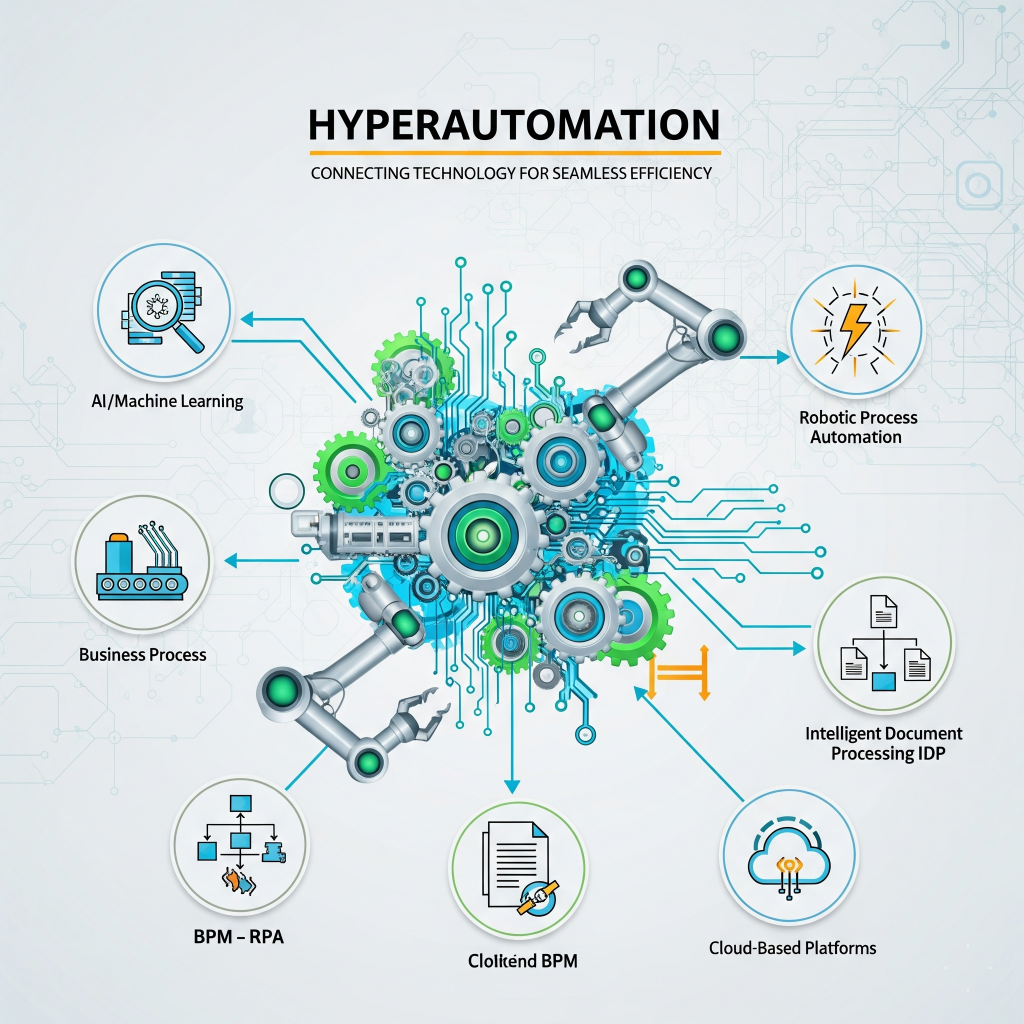
Hyperautomation is more than just automating a few tasks; it’s a strategic, end-to-end approach to streamline an entire business.
In 2025, it’s no longer a futuristic concept but a present-day necessity for companies looking to stay competitive. Hyperautomation combines a mix of technologies—including AI, machine learning (ML), and Robotic Process Automation (RPA)—to create intelligent workflows that learn, adapt, and operate with minimal human intervention.
Instead of just automating a single step like data entry, hyperautomation can manage an entire process, from initial inquiry to final delivery. This holistic approach helps businesses remove bottlenecks, reduce errors, and dramatically increase efficiency across departments
A key element of hyperautomation is the use of intelligent document processing (IDP) and agentic AI. IDP uses AI and machine learning to automatically extract and process data from unstructured documents like invoices and emails, a task that has long been a manual and tedious process. Agentic AI, meanwhile, can reason and plan to execute complex, multi-step tasks across different software, much like a human would.
For example, an agentic AI could process a customer’s support ticket by logging into multiple systems, gathering relevant information, and even generating a response. This allows businesses to not only save time and money but also free up employees to focus on more strategic, high-value work that requires creativity and critical thinking.
The rise of low-code/no-code platforms is also democratizing hyperautomation, allowing non-technical employees to build and deploy their own automated workflows. This trend, known as citizen development, enables rapid innovation and lets teams solve their specific challenges without needing to wait for IT.
Ultimately, hyperautomation is about building a more resilient and adaptable organization. By using data-driven insights and continuous process optimization, companies can proactively adjust to market changes and create more agile and responsive operations. The businesses that embrace hyperautomation will not just be more efficient; they will be fundamentally smarter.
Become a Citizen Developer: Low-Code/No-Code AI for All
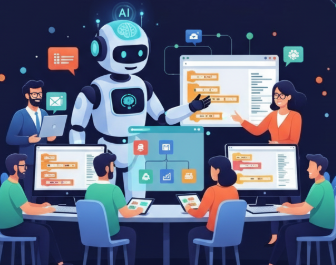
You don’t need to be a programmer to build a powerful AI application in 2025. The rise of low-code/no-code (LCNC) platforms is putting the power of AI into the hands of everyone, from marketing managers to financial analysts.
This isn’t just a trend; it’s a revolution that’s turning everyday employees into “citizen developers” who can create custom solutions without writing a single line of code. Think of it as drag-and-drop development for AI.
Instead of complex code, you’re using intuitive visual interfaces, pre-built components, and smart templates to build intelligent tools.
This democratization of technology is solving a massive problem: the huge backlog of IT requests. Businesses need new applications faster than ever before, and LCNC platforms are the answer. A marketing team can now build a lead-scoring model powered by AI, or an HR department can create an automated hiring bot, all on their own.
This not only speeds up project delivery from months to weeks but also empowers the people closest to the business problems to create the solutions. It’s a game-changer for agility and innovation.
But it’s not about replacing programmers. Instead, it’s about a new kind of collaboration. Professional developers are now free to focus on more complex, high-value projects, like building the underlying components and integrations that citizen developers use. This shift is blurring the lines between technical and non-technical roles, creating a more dynamic and innovative workplace.
By embracing LCNC AI, companies are not just increasing efficiency; they’re unleashing a wave of creativity and problem-solving that was previously untapped. The future of AI is not in the hands of a few experts; it’s in the hands of everyone.
The AI-Powered Remote Worker: Productivity Hacks for 2025
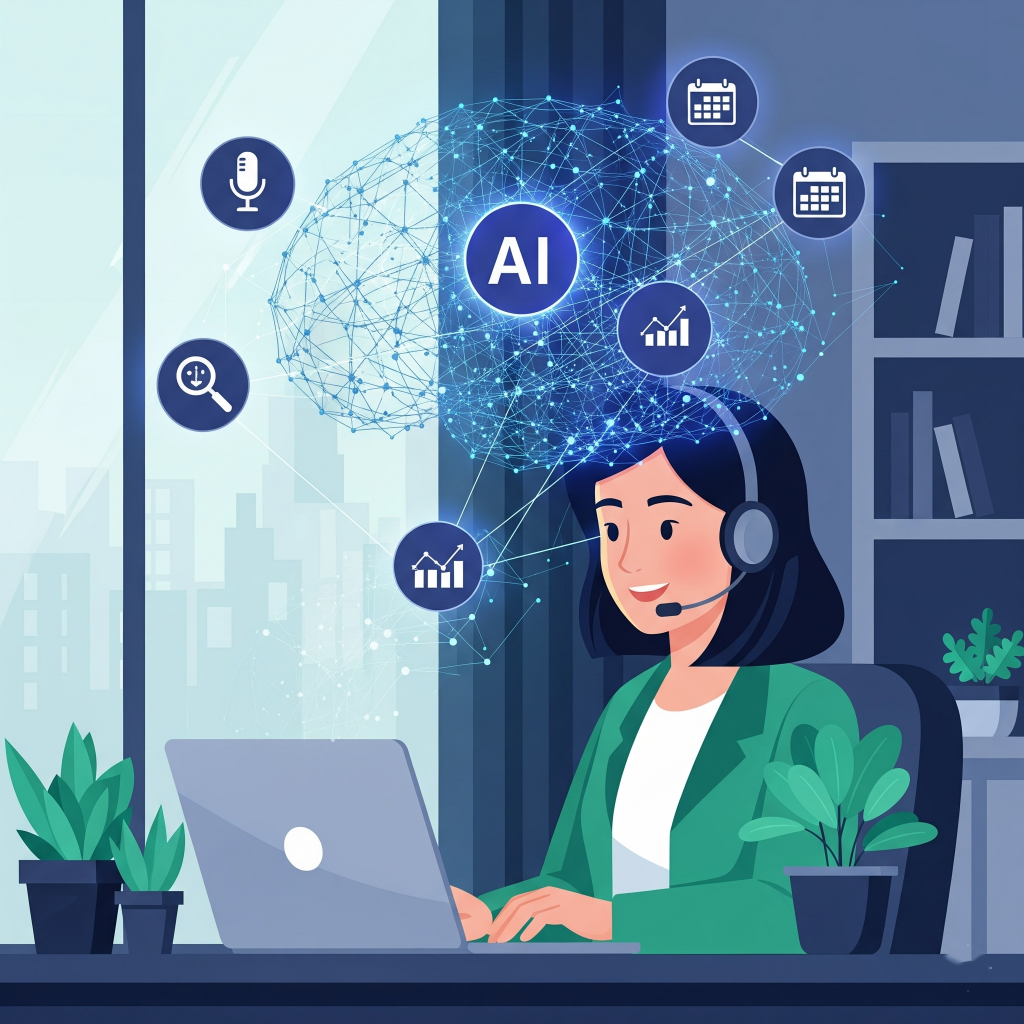
Working from home is here to stay, and in 2025, the game has been completely changed by AI. The biggest challenge for remote workers has always been maintaining focus and managing time without the structure of an office.
Now, AI is a personal co-pilot, handling the tedious, repetitive tasks that once ate up our day. Forget email tag; smart scheduling assistants like Reclaim.ai analyze your calendar and automatically find the perfect time for meetings, while also blocking out “deep work” periods to protect your focus.
The era of frantic note-taking in meetings is over. Tools like Otter.ai and Zoom’s AI Companion join your calls, transcribing everything in real-time, identifying speakers, and generating a concise summary with action items. This means you can be fully present in the conversation, not just a frantic typist. For content creators, writers, and marketers, AI writing assistants like Jasper are no longer just for generating drafts; they’re your creative partners. They can brainstorm ideas, refine your tone, and even repurpose a single blog post into dozens of social media captions and email snippets.
But it’s not just about doing more; it’s about doing better. AI-powered analytics tools can track your productivity patterns, suggesting the best times of day for different tasks and helping you build a healthier, more efficient routine. By offloading the administrative and routine work to AI, the remote worker of 2025 is free to focus on what truly matters: strategic thinking, creative problem-solving, and meaningful human connection. AI is the ultimate remote work hack, transforming our home offices into hubs of pure productivity.
Beyond Efficiency: How AI is Reshaping Creativity and Strategy
AI has moved far beyond simple automation and is now a powerful partner in the creative and strategic process. In 2025, the conversation has shifted from AI replacing human jobs to AI augmenting human creativity.
Generative AI tools like DALL-E and Midjourney are no longer just for artists; they’re being used by marketing teams to quickly generate campaign visuals, by architects to visualize new building designs, and by game developers to create massive, intricate virtual worlds.
This partnership frees professionals from the time-consuming grunt work of creation, allowing them to focus on the more nuanced, conceptual aspects of their work. AI becomes the brush, but the human remains the artist.
A New Kind of Strategic Advantage
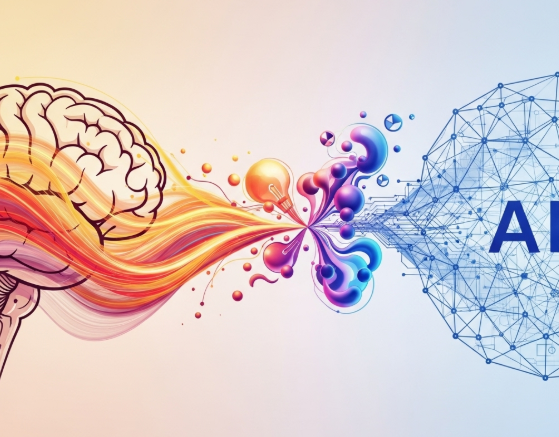
Beyond the creative sphere, AI is completely reshaping strategic decision-making. No longer is strategy a process of educated guessing. AI-powered predictive analytics tools can now analyze vast datasets—from consumer behavior to global market trends—and offer insights that are both deeper and faster than any human could achieve alone.
Businesses are using AI to model different scenarios, forecast outcomes, and identify opportunities they might have missed. This isn’t about AI making the final call; it’s about giving human leaders a sharper, more data-driven lens to make better, more confident decisions. This human-AI collaboration is creating a new competitive edge where speed, insight, and adaptability are the ultimate currencies. The future isn’t about working against AI, but with it, to unlock a new level of innovation and strategic foresight.
👉 Book a strategy session to map your AI adoption plan with expert guidance.
🔗 Get Started with Dimona.biz
What’s shaking up the AI world this week? Stay ahead of the curve. Subscribe to AI Shockwave and The Fortress for bold insights, smart tools, and real-world impact.

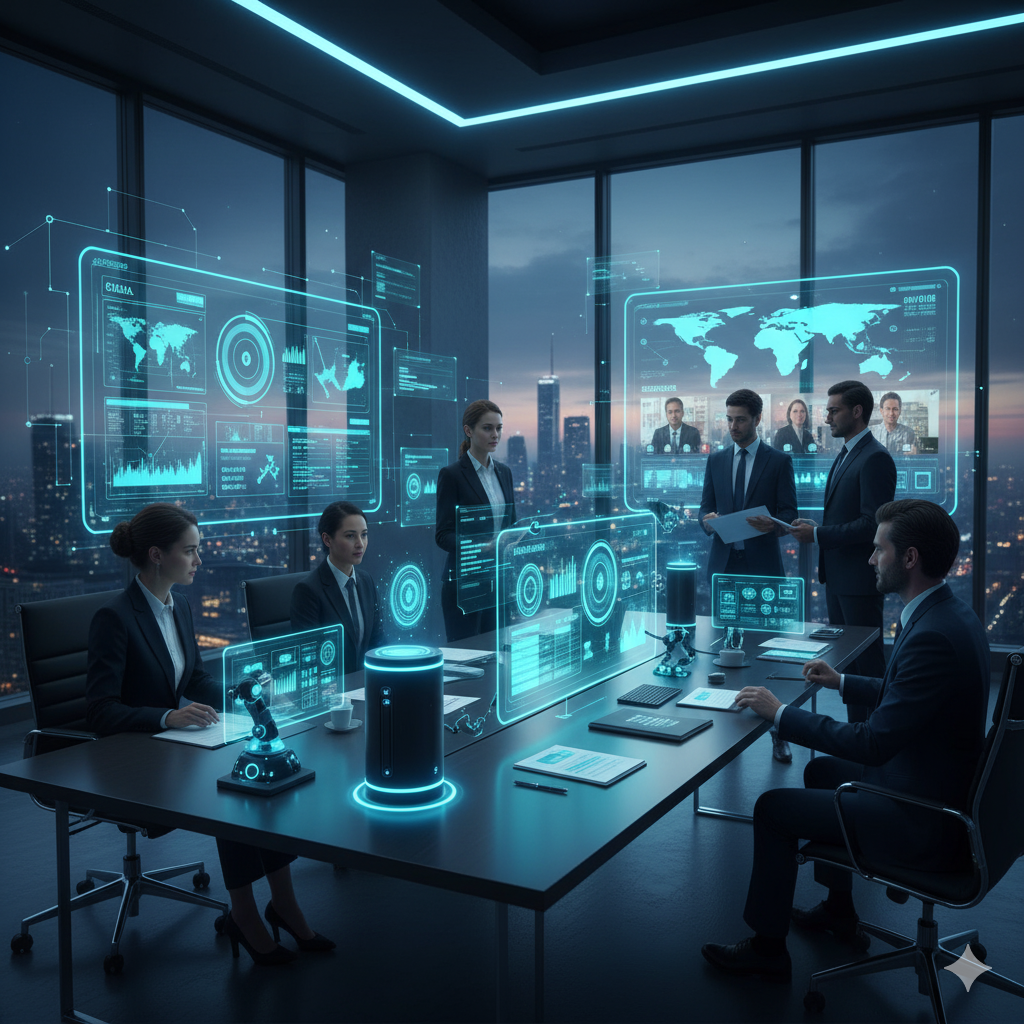
No responses yet